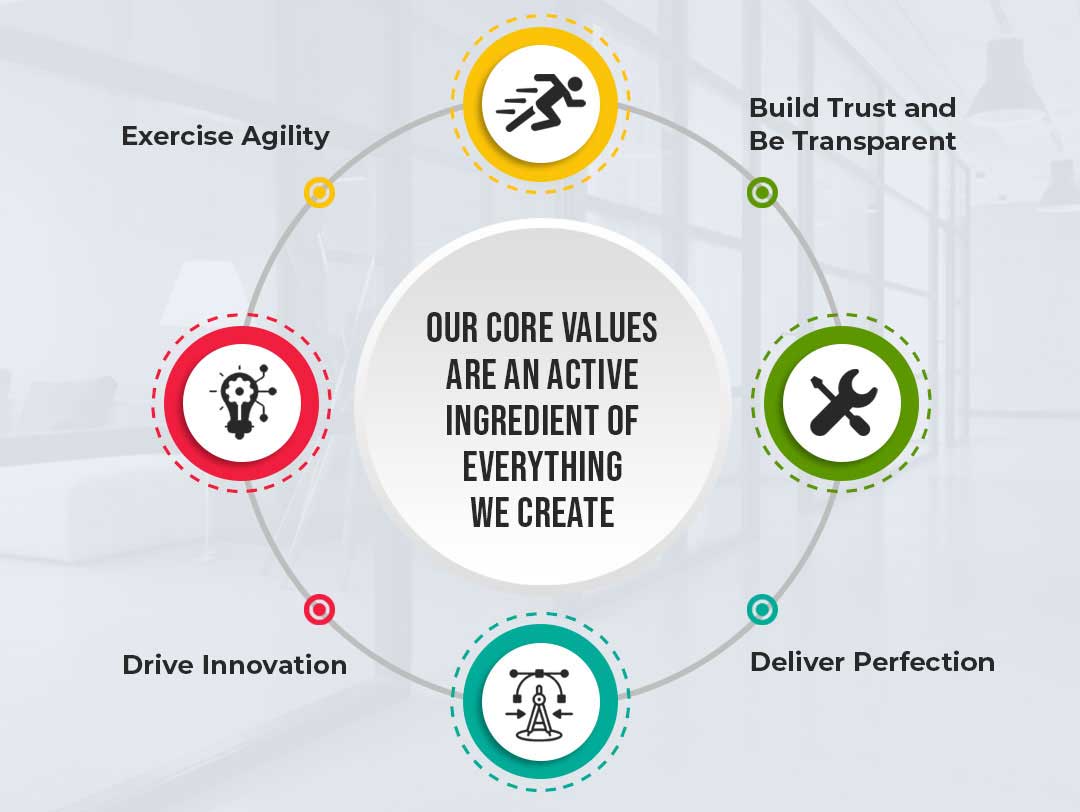UX Writing in 2025: Why Words Matter More Than Ever
Introduction: UX Writing Sets the Tone in 2025
UX Writing is no longer just a supporting element in product design—it’s the voice, the guide, and the bridge between users and digital experiences. In 2025, UX Writing is more critical than ever. With evolving technologies, increased personalization, and growing user expectations, businesses must understand how powerful a few well-placed words can be in shaping user actions, retention, and trust.
The Evolution of UX Writing
In its early stages, UX Writing was about microcopy—short bits of instructional text like “click here,” “submit,” or “error occurred.” Fast forward to 2025, and UX Writing is now a strategic discipline embedded into the product development cycle from day one. Why? Because UX Writing influences how users feel and act, turning casual visitors into loyal customers.
Why UX Writing in 2025 Is More Than Just Words
1. UX Writing Enhances Clarity Across Devices
Today’s users navigate websites, apps, and digital services through various devices—mobile phones, smartwatches, AR glasses, and even voice interfaces. UX Writing ensures the message stays clear, no matter the platform. In 2025, adaptive and responsive UX Writing is a must to deliver contextually relevant messages that scale and adjust across experiences.
2. Builds Brand Trust
Trust is currency in the digital age. Well-crafted UX Writing offers reassurance, avoids ambiguity, and respects the user’s time. For example, clear messages during error states or transactions (“We’re verifying your payment. This might take a moment.”) comfort users and build credibility.
3. Supports AI and Voice Interactions
With AI assistants and voice-based UIs becoming mainstream, UX Writing goes beyond visual elements. Designers are now writing for conversational experiences. UX writers must anticipate questions, simplify terminology, and use human-like responses. In 2025, if your AI interaction feels robotic or unclear, you’ll lose the user in seconds.
UX Writing & Microcopy: The Power of Tiny Words
Microcopy is one of the most underestimated assets in product design. A single button label, tooltip, or form instruction can drastically reduce bounce rates or form abandonment. For instance:
- Before: “Submit”
- After: “Get My Free Guide”
By 2025, microcopy has evolved from “functional” to “strategic,” helping businesses improve conversions, guide navigation, and maintain user flow without friction.
Accessibility and Inclusivity in UX Writing
Accessibility is not a trend—it’s a necessity. Inclusive UX Writing ensures that users of all abilities can navigate your digital product easily. This means using plain language, avoiding jargon, and structuring text for screen readers and assistive technologies.
In 2025, accessibility standards are more stringent, and businesses can’t afford to treat them as an afterthought. UX Writing now contributes directly to compliance and ethical product design.
How UX Writing Supports SEO and Findability
While traditional SEO focuses on metadata and keyword density, UX Writing impacts on-site SEO. Well-written interface text reduces pogo-sticking behavior (when users bounce back to the search results) and improves user signals like time on page, CTR, and task completion.
In 2025, Google’s algorithms are even more user-intent focused. That means UX Writing on CTAs, headers, and in-product copy indirectly affects your rankings—because it keeps users engaged and satisfied.
Emotional Design: How UX Writing Triggers Action
Emotions guide behavior. Good UX Writing in 2025 doesn’t just inform—it inspires, reassures, and nudges. Whether it’s a success message (“You’re all set! Welcome aboard ?”) or an onboarding tooltip, the language must resonate with the user’s mindset at that moment.
By aligning words with emotional cues, UX Writers humanize technology and turn transactions into experiences.
The Role of UX Writing in Personalization
Personalization isn’t just showing someone their name—it’s about context. A great UX Writing strategy adapts language based on user type, behavior, or location. In 2025, AI and machine learning allow UX copy to shift in real-time:
- A returning user may see: “Welcome back, ready for your next step?”
- A first-time visitor might read: “New here? Let’s get you started.”
These subtle differences build rapport and reduce friction in the user journey.
UX Writing Tools and AI Collaboration in 2025
Writers now collaborate with AI tools that auto-generate drafts, test variations, and run real-time sentiment analysis. While AI assists with repetitive content, human writers still hold the creative reins—ensuring tone, brand alignment, and emotional connection.
Popular tools aiding UX Writers in 2025 include:
- AI-powered content A/B testers
- Dynamic language libraries
- Accessibility analyzers
- Tone adaptors for regional localization
What Brands Get Wrong About UX Writing
Many still mistake UX Writing for basic copywriting or only bring writers in at the end of development. But in 2025, the brands that win involve UX Writers from wireframe to launch. Common pitfalls include:
- Using corporate jargon instead of human language
- Inconsistent tone across flows
- Ignoring cultural nuances in global products
- Leaving error messages generic (“Something went wrong”)
Every overlooked line of copy can cost user trust or revenue.
How to Build a Winning UX Writing Strategy in 2025
1. Define a Content Style Guide: Ensure consistency in tone, grammar, terminology, and regional nuances.
2. Collaborate Early: Embed UX Writers in design sprints, not just final QA.
3. Test Everything: Use A/B testing and user feedback loops to optimize microcopy.
4. Prioritize Clarity Over Cleverness: Users want speed and clarity, not riddles.
5. Make it Inclusive: Check for accessible language and diverse representation.
Conclusion: UX Writing Is the Silent Superpower in 2025
UX Writing is shaping digital products in ways that code alone can’t. From voice-enabled devices to personalized user journeys, words are the connective tissue of today’s digital experience. In 2025, the brands that invest in thoughtful, human-centered UX Writing won’t just retain users—they’ll create brand advocates.
So, whether you’re designing a SaaS dashboard, mobile app, or eCommerce flow, remember: UX Writing isn’t the last step—it’s the first connection.





